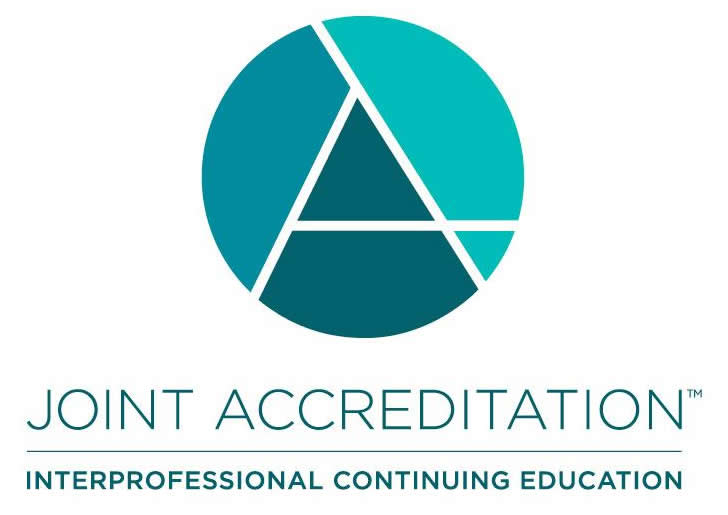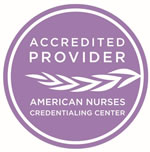
COURSE CREDITS & HOURS
16 AMA PRA Category 1 Credits™16 ACPE Credits
16.0 Contact Hours
4 Hours of Pharmacology for Nurse Practitioners
COURSE FEES
TARGET AUDIENCE
PROGRAM PURPOSE
- Stress fractures in athletes: Identifying low risk vs. high risk fracture
- Analyze the causes behind this most common of overuse injuries and help identify common causes. Differentiate those fractures which are low vs. high risk
- Describe the hallmark presentation of Jones fracture, tarsal navicular and proximal/anterior tibial stress fractures and femoral neck, and be aware of the implications of missing them.
- Spine Injuries in athletes: differentiating the workup and management in young athletes and adults
- Determine a cost-effective work-up algorithm for back pain in young athletes vs. skeletally immature
- Determine the appropriate use of x-rays, MRI, bone scan and CTs.
- Ankle Sprains and foot, ankle/heel mimics
- Recognize simple pediatric overuse injuries of the foot and ankle as timesavers for medical providers.
- A systematic approach to assessment of sports shoulder injuries
- Explain a simple algorithm for the cost-effective work-up of shoulder injuries such as dislocation, separation, impingement and neurologic origin.
- Differentiate and manage dislocated shoulder vs. separated shoulder.
- Initial evaluation and management of sports concussions
- Analyze the current approach to ward timely diagnosis and initial management of sports related concussion
- Be aware of factors that predispose athletes to prolonged recovery from sports concussion.
- Hand, finger, wrist injuries in athletes (including splinting vs. surgical approach)
- Discuss A systematic approach to assessment of hand, finger, wrist, injuriesbe aware of those conditions appropriately treated in primary care vs. those less common conditions that require surgical referralDescribe the differences in "jammed finger" injuries from volar plate injury (ligament tear), mallet finger, Jersey finger, and fracture.
- Concussion part II - post concussion syndrome, complications, research
- Review the current research in concussion evaluation and management
- Be are comfortable with the recognition and treatment options of post-concussion syndrome and some of the other complications of this injury
- The evaluation and management of sports knee injuries in young athletes and adults
- Differentiate between injuries that can be treated in primary care vs. those where we need to discuss surgical intervention
- Be aware of and comfortable with recognizing types of knee injuries that occur in active young people and adults
- Approach to the emergency airway
- Utilize an approach to the airway that allows for less anxiety, better control of a potential crisis situation, and better outcomes
- Aortic Disasters - a case base approach to Thoracic Aortic Dissection AAA and more
- Be better prepared to encounter a low frequency, high risk illness, with a diagnostic approach, pitfalls, and treatment in these cases
- The Treatment of Civilians in Combat Zones
- Become acquainted with needs of civilians ill in injured in combat zones that may differ from those of combatants and from those seen in usual circumstances
- Discuss issues such as acute and post traumatic stress, sexual violence as well as traumatic injury
- Dangerous ENT Infections
- After a case based discussion of several infectious emergencies the learner will be better equipped to diagnose and treat these conditions
- Environmental Emergencies
- Diagnose and categorize accidental hypothermia and hyperthermia to assess for life and limb threatening situations and initiate appropriate treatment
- Ketamine - from sedation to psychiatry
- Become familiar with the history of the medication Ketamine, its uses for sedation and pain control and the evidence and protocols for the treatment of depression
- .Disucss efficacy and safety of Ketamine
- Vertigo in the Emergency Department
- Become familiar with the causes of vertigo and how to distinguish vertigo of a 'peripheral' or inner ear source, vs a central or vertebrobasiar circulatory source (stroke)
- Decision making in the Emergency Department
- Become familiar with and be able to analyze his/her and other's decision making process and reduce bias and improve judgement in real time
































